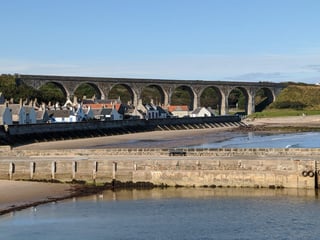From the Scottish Highlands to the French Riviera, the places most loved by fashion legend Coco Chanel
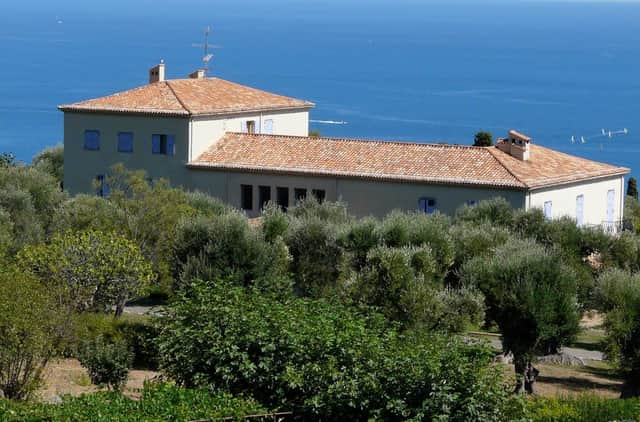

It’s 50 years since her death at the age of 87, on 10 January 1971, at the Ritz Hotel in Paris, but her simple, elegant style continues to make an impact. I followed in the footsteps of the pioneering, and at-times controversial, designer to some of the key locations that sparked her creative mind.
When I was researching my book Living with Coco Chanel, which explores the homes and landscapes that shaped the Coco Chanel look, I travelled to the influential places in Chanel’s life. Paris may have captured her modernism and bohemian spirit, but Chanel was also influenced by her time in the remote Auvergne region of France, her home on the French Riviera and in the Scottish Highlands with the Duke of Westminster.
Advertisement
Hide AdAdvertisement
Hide AdBorn in the Loire valley town of Saumur on 19 August 1883, Gabrielle Chanel kept many facts about her childhood secret, but the most significant location in Chanel’s life, the one that holds the key to the codes in her designs, is the convent of Aubazine Abbey. The village, which was built around the abbey, is in an incredibly remote, peaceful location, where the mist rolls in over the hills in the morning, and where the abbey’s bell tower is the prominent landmark.
It was here, in 1895, that 12 year-old Gabrielle Chanel and her two sisters were abandoned by their peddler father after their mother died of tuberculosis in the nearby town of Brive-la-Gaillarde. She only offered hints about the poverty and the abandonment she had suffered, of the cloisters and pine and chestnut trees of the Auvergne landscape that formed a backdrop to her early life.
Many of her signature pieces, such as the little black dress, the double C logo and the black, white and beige colour scheme all stem from her time in the convent. The nuns walked the white corridors in their black and white habits, pristine white sheets and petticoats were hung out to dry in the courtyard, and beige was the colour of the sandstone walls. There is also a medieval mosaic on the floor of the convent’s corridor which depicts moons, stars and Maltese crosses; symbols later used in Chanel’s jewellery collections. The windows in the abbey, with their colourless glass set into leaded geometric patterns like Celtic knots, may also have been the inspiration for the double C Chanel logo.
When Chanel turned 18, she left Aubazine to work as a seamstress in the military town of Moulins. The shop she worked in, House of Grampayre, on cobbled rue de l’Horloge, close to the Jacquemart clocktower, is now a phone shop, but if you look closely you can still see the ghost sign on the wall. An officer from the barracks, wealthy socialite Étienne Balsan, came into the shop for alterations to uniforms, and encouraged Chanel to sing at the town’s café-concert venues including The Grand Cafe, with its plush Art Nouveau interiors still perfectly preserved. Her repertoire each evening included ‘Qui qu’a vu’ Coco’ and ‘Ko Ko Ri Ko’, which earned her the nickname Coco.
Balsan invited Chanel to his estate, Royallieu, in the forest of Compiègne, northeast of Paris, where he immersed himself in his passion for horseracing. On arrival, Coco discovered that Étienne’s primary mistress was Émilienne d’Alençon, a renowned Parisian courtesan. Impressed by Chanel’s unique tomboy style of little boater hats and tweed jackets worn with shirt and tie, Émilienne chose to sport one of Chanel’s hats to the races. The simplicity of the hat, so different from the over-the-top Belle Époque fashions, immediately created a buzz. It was also at Royallieu that Coco met English playboy Arthur ‘Boy’ Capel, who was her first love. When he was killed in a car crash in 1919, Chanel never fully recovered.
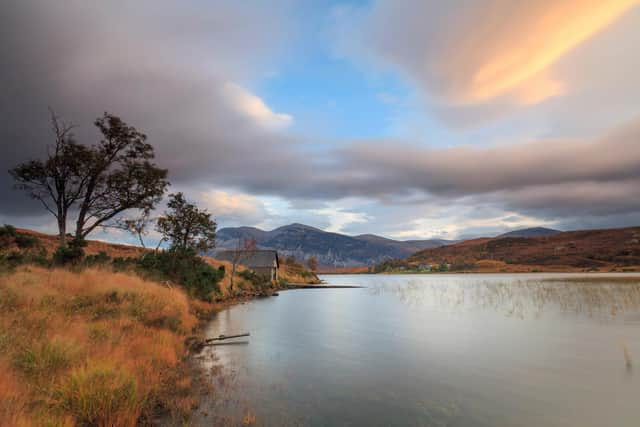

In 1910, with the support of Boy Capel, Chanel opened a hat shop on Rue Cambon, a narrow little street directly behind the Ritz hotel on Place Vendôme, and it was from here that her fashion empire was born. Bohemian Paris of the 1920s was the place that came to define Coco Chanel, as she immersed herself in the avant-garde circles of Pablo Picasso, Igor Stravinsky, Jean Cocteau and Serge Diaghilev, founder of the Ballet Russes. She was the fashion vanguard of the time, with her short hair, her simple dresses that didn’t require a corset, and the ropes of artificial pearls contrasting with the Little Black Dress.
The Scottish influence
Chanel took up with the immensely wealthy Duke of Westminster after meeting him in Monte Carlo at Christmas 1923, and he introduced her to his 100,000-acre Reay Forest estate in the rugged northwest of Scotland. They stayed at Lochmore Lodge, a 52-room granite mansion with Victorian Gothic turrets, and Stack Lodge, the Duke’s sport’s house on the River Laxford, which was a base for salmon fishing, a sport which Chanel threw herself into with enthusiasm.
Westminster purchased another property, Rosehall, near Lairg, and he gave it to Chanel to decorate. He sold the house in 1930, and it later fell into severe disrepair, yet Chanel’s touches are evident in the beige painted doors and timber mantelpieces, and the French floral block print wallpaper peeling off the wall. In the bathroom there is even a bidet; likely one of the first in the Highlands.
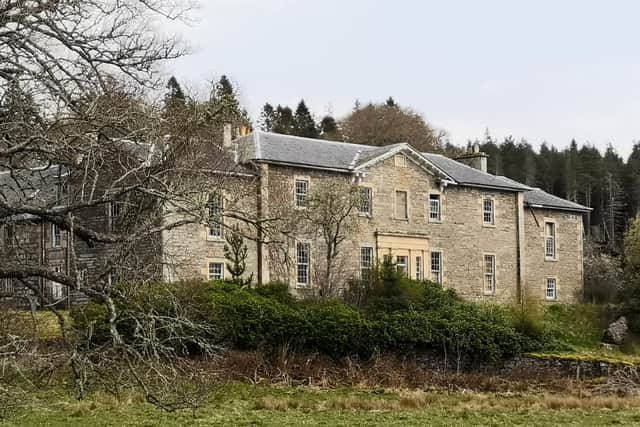

Advertisement
Hide AdAdvertisement
Hide AdChanel’s luxury sports clothes in the late-twenties reflected her time with Westminster and the tweed jackets she borrowed from him to go fishing. Vogue, in 1926, reported that ‘tweed is an essential of the smart new wardrobe’, and it would remain a signature textile for Chanel, particularly with her little tweed boucle jackets that epitomised Parisian chic.
The French Riviera
Paris may have been Coco Chanel’s creative home, but her sanctuary in the south of France, La Pausa, was the place she found complete peace. Situated high above the rocky coastline of Roquebrune-Cap-Martin, between Monte Carlo and the Italian border, Chanel custom-built her villa in 1929 using inspiration from the cloisters of Aubazine Abbey. With her bronzed skin and her striped jersey tops, Chanel helped the French Riviera to become the chic playground of the rich and famous from the 1920s onwards. The villa is still situated in this prime location, and while you can walk up to its gates, and follow a path to the back of the house to view it, it’s not possible to see inside.
Rue Cambon in Paris is the spiritual home of Chanel, where the apartment and salon, with its mirrored staircase, are still perfectly preserved. Yet she chose to permanently live at the Hotel Ritz from the 1930s until her death in 1971. As she gazed out of the windows of the hotel onto Place Vendôme, its octagonal shape may well have inspired her design for the classic number 5 bottle.
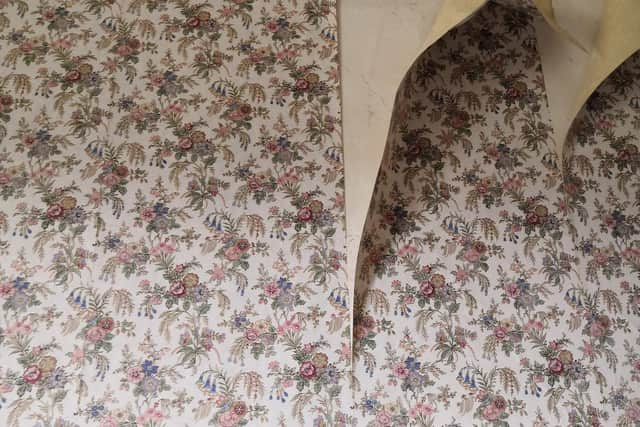

Caroline Young is a writer from Edinburgh, and the author of Living with Coco Chanel, which explores how the places in Chanel’s life shaped her designs. Her new book, What Coco Chanel Can Teach You About Fashion, by Frances Lincoln, will be released on 3rd August.
